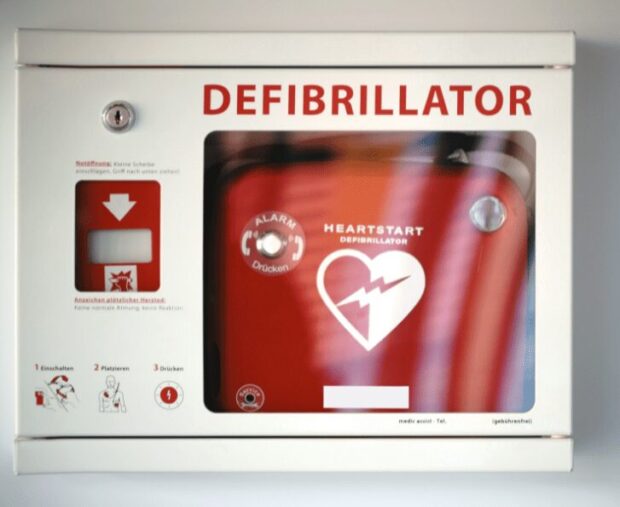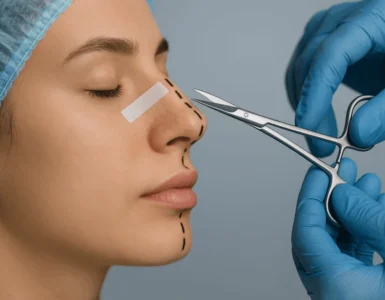The leading cause of death in the US today is heart disease, which includes cardiac arrests or heart attacks as they are otherwise known.
And, you should be prepared to help if anyone is suffering from heart complications. A portable defibrillator is always worth having in the workplace. But just as much so in the trunk of your car as they save lives!
But to save lives with such a machine, you first need to know what it is and how it works. Plus, a qualified operator is necessary to use one.
So let’s now learn five facts you should know about portable defibrillators, including what they are and how they work.
What Is a Portable Defibrillator?
A portable defibrillator is a small electronic medical device that analyzes the heart rhythm of an individual. Clear guidance and automatic voice commands are included.
It is for use outside of a hospital environment by a qualified operator and delivers an electrical shock called defibrillation to restart a person’s heart if necessary.
How Does It Work?
First off, you measure the heart rate of the unresponsive person by placing the device on their chest. Based on their heart rhythm, the computerized interface then selects and provides automatic voice instructions to you.
Finally, the portable defibrillator administers a safe electric shock to the person’s chest, aiming to restore normal heart rhythm immediately.
Where to Find a Portable Defibrillator?
Different states have various laws relating to these devices. Yet, many require that portable defibrillators be easily accessed in public spaces like sports stadiums, health clubs, and libraries, for example.
Additionally, health professionals recommend keeping portable defibrillators in the workplace, and someone becomes qualified to use them if needed.
If you want to chase your portable defibrillator, check out this company.
When to Use a Defibrillator
Cardiac arrest can strike at any time and in any place. The person’s heartbeat becomes irregular and erratic during cardiac arrest, known as ventricular fibrillation, and the patient will die unless you give them a shock.
You should use a defibrillator when all these factors are at play:
- A person becomes unresponsive all of a sudden
- Their breathing has halted
- You tap hard on their shoulders, and they don’t respond
- You ask, “Are you OK?”, and they don’t reply
- You tip their head back, and they don’t take a breath
Training is also needed to ensure you read these kinds of warning signs properly.
How to Get Trained to Use One
The American Heart Association provides a Heartsaver training course online. So it’s super easy to become trained from the comfort of your own home. Furthermore, the American Red Cross delivers a live training course, and you can become certified in using your portable defibrillator.
Whichever course you choose to take, they all usually take just a few hours. But it is vital you undertake such a course to ensure you use the device correctly in a life or death situation.
Portable Defibrillators Save Lives
With heart disease being the leading cause of death in North America, it makes complete sense to have a portable defibrillator close by. By using one, you could save someone’s life.
Thanks for stopping by, and don’t forget to check out the rest of our blog for more helpful articles like this one.




























